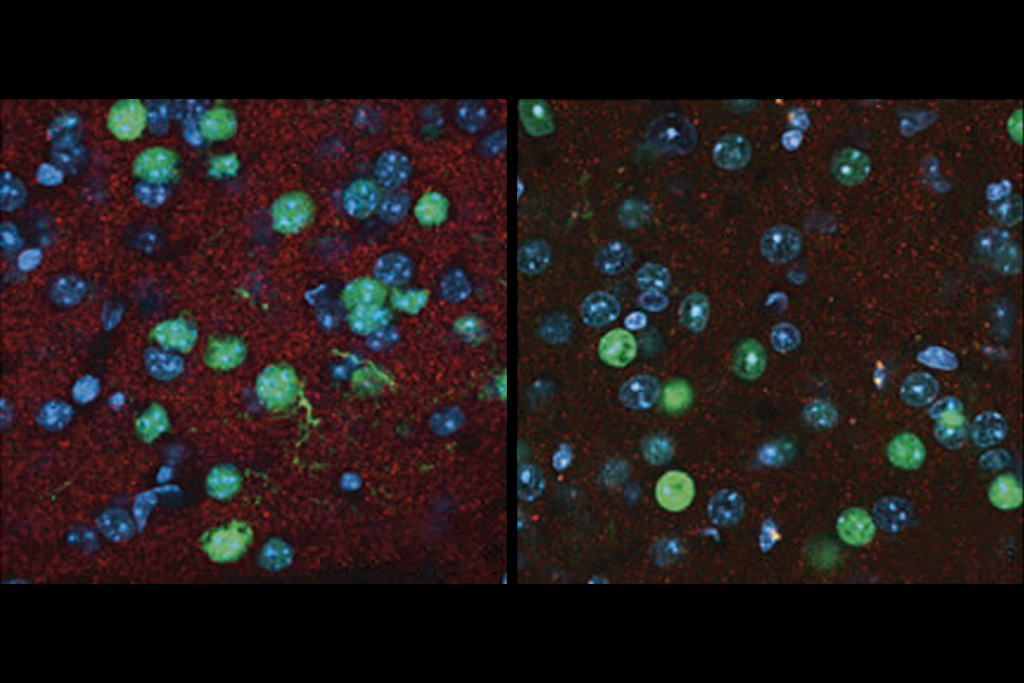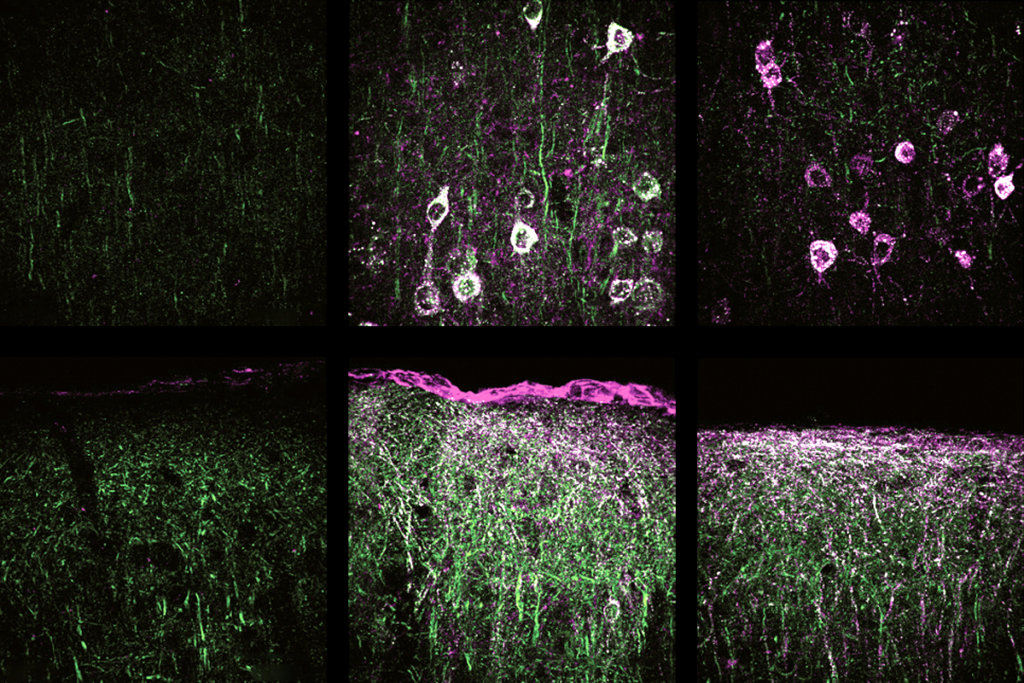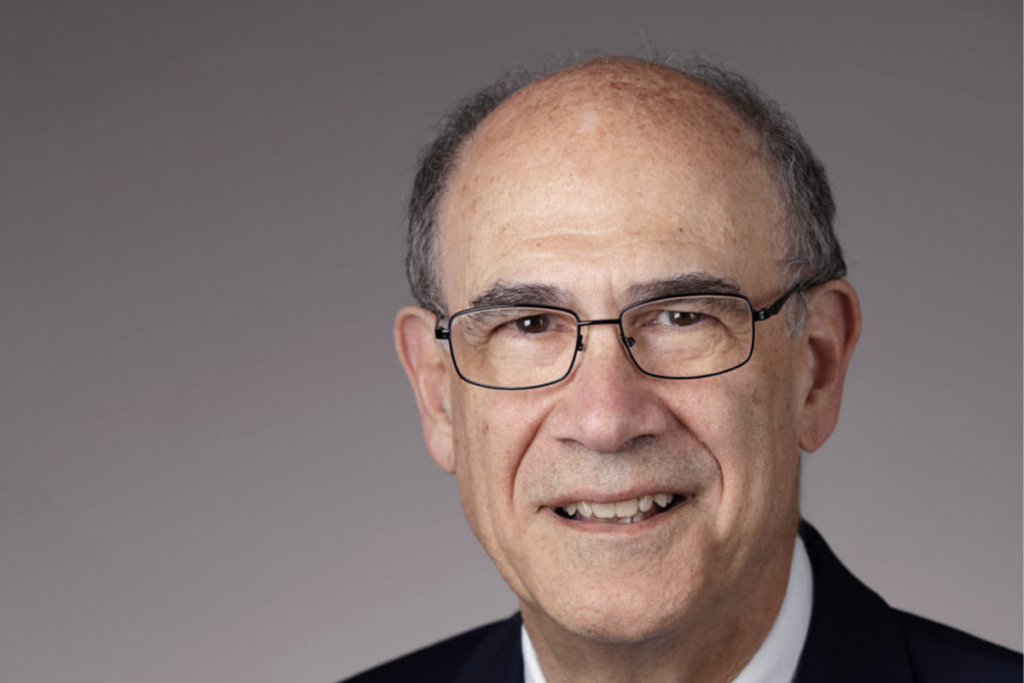Even ‘baby sibs’ without autism show delays in first year
Among the younger siblings of children with autism who do not have the disorder themselves, more than one-quarter show developmental delays at their first birthday, according to a study published in April.
Among younger siblings of children with autism who do not have the disorder themselves, more than one-quarter show developmental or behavioral delays at their first birthday, according to a study published in April.
The delays may include problems with cognition, social skills such as eye contact, motor skills and language. The study was published in the Journal of the American Academy of Child & Adolescent Psychiatry1.
Researchers have long known that so-called ‘baby sibs’ of children with autism are 20 times more likely to develop the disorder than are members of the general population. Even siblings not diagnosed with autism often develop subclinical features of the disorder, such as language delays and social difficulties, classified together as the broad autism phenotype (BAP).
Earlier studies have established that BAP occurs more often in parents and school-aged siblings of children with autism than it does in family members of typically developing children. But this is the largest study to assess BAP in baby siblings.
The earlier that symptoms of BAP can be detected, the earlier they can be addressed, researchers say.
“Our question was how early in development are we noticing differences that might be hallmarks of these later-appearing difficulties,” says lead researcher Sally Ozonoff, professor and vice chair for research in psychiatry at the University of California, Davis, and faculty at the university’s MIND Institute. “Even if they don’t have autism, they might have other difficulties we could identify earlier and treat earlier.”
The study contributes to the understanding of BAP in high-risk infants. However, it’s unclear whether the kinds of delays the study detected affect the children’s daily lives, says Lonnie Zwaigenbaum, professor of pediatrics at the University of Alberta in Canada, who was not involved in the study.
Infant evaluation:
Ozonoff and her colleagues recruited 294 baby siblings and 147 age-matched controls. All of the infants were recruited before 18 months of age, and 76 percent joined the study by 9 months of age or earlier. After enrollment, the researchers assessed the babies at 6, 12, 18, 24 and 36 months of age.
After the 36-month assessment, clinicians classified 51 of the baby sibs as having autism and another 83 — or 28 percent — as showing atypical development. The other 160 baby sibs developed typically.
In the low-risk control group, the researchers diagnosed 4 children with autism and 27 with atypical development. They removed those children from the study, leaving 116 typically developing controls.
The researchers then compared the 83 atypically developing baby sibs with the typically developing babies from both groups. In particular, they analyzed the children’s 6-, 12-, 18-, 24- and 36-month assessments for delays and deficits, in order to better determine when these delays might first be detectible.
At 6 months of age, all of the infants had similar scores on the Mullen Scales of Early Learning, a developmental test that measures fine motor skills, vision and language production and comprehension. They also received comparable scores from an examiner who rated their social engagement.
At 1 year, however, differences began to emerge. The atypical baby sibs had significantly lower scores on the Mullen, except in the case of fine motor skills, than the other two groups. They also showed less improvement on their levels of eye contact, shared emotion and overall social responsiveness between the 6-month and 1-year assessments.
At 18 months of age, the researchers assessed all three groups of children using the Autism Diagnostic Observation Schedule (ADOS). The atypical baby sibs had more autism symptoms than the other two groups, and this difference increased with age.
In all, at 36 months of age, 90 percent of the atypical baby sibs showed social-communication difficulties such as reduced eye contact, extreme shyness, repetitive vocalizations and delays in speech and play. The researchers classified more than one-third of these children as having BAP.
Independent analysis:
During this final visit, independent expert examiners also assessed the children. Their evaluations of the low-risk controls were 96 percent in agreement with Ozonoff’s results. But they also deemed as typical about 40 percent of the baby sibs the researchers had identified as having atypical development.
Ozonoff suggests a few reasons for the discrepancy. The tests may have picked up on difficulties that the examiners did not, she says, or some of the children’s difficulties, such as dyslexia, may not manifest until much later than age 3. What’s more, she says, the examiners may not have considered certain deficits, such as poor motor skills, as indicative of atypical development.
However, it’s also possible these children do not have any long-term issues and some of the delays and deficits are merely the result of the variable rate at which children develop, says Helen Tager-Flusberg, director of the Center for Autism Research Excellence at Boston University, who was not involved in the study.
“How much do we want to be pathologizing what may in fact be variation in the normal range?” Tager-Flusberg says. “There’s more of a continuum there.”
Even with this caveat, the study provides valuable information on the age when delays and deficits emerge, Zwaigenbaum says.
“Now that we have staked out that the differences are evident at 12 months, we need to look a little more closely at the first year,” he says, so as to better understand autism and determine whether parents need to start early interventions on atypical baby sibs.
In the meantime, Ozonoff and her colleagues plan to follow the children as they reach school age, assessing developmental delays or deficits as well as any recoveries.
“You may want to take these kinds of data and suggest that anyone who comes from a high-risk group should be offered interventions that may prevent them from further developmental decline,” Tager-Flusberg says. “But do we know exactly what that should be? I don’t know.”
References:
1: Ozonoff S. et al. J. Am. Acad. Child Adolesc. Psychiatry 53, 398-407 (2014) PubMed
Recommended reading

SHANK3 deficiency and behavior in mice; and more

Autism scientists push back on CDC’s inaccurate vaccine claims

Gene replacement therapy normalizes some traits in SYNGAP1 model mice
Explore more from The Transmitter

Sex hormone boosts female rats’ sensitivity to unexpected rewards
